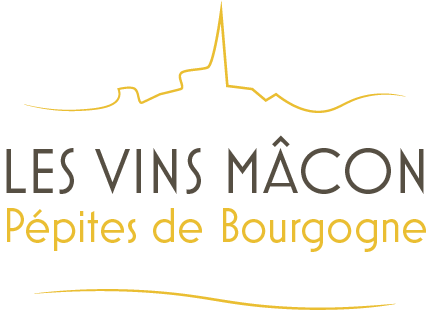Mâcon-Bray
The wines
White wines
A dazzling pale gold color, the white wines from Bray offer an aromatic intensity that is more discreet than other wines of the Mâconnais. This reserve is compensated for by a certain elegance. The wines open slowly with aromas of orchard fruits like apple, quince, and peach, and nuts like almonds. Mineral gunflint notes sometimes emerge. In the mouth, the texture is ample and generous.
Red wines
The vines for red wines are mainly grown in granite soil. Gamay grapes bring light garnet colors to the wines with hints of violet that are typical of this varietal. Aromas of red fruit like raspberry give a spontaneous and refreshing deliciousness, while in the mouth, the tannins bring a slightly closed structure that will soften over time.
COLORS
Production

mâcon-Bray
An additional geographical denomination that is part of the Régionale Mâcon appellation in the Mâconnais.
According to the 2005 specifications rules, the name Mâcon-Bray refers to white, red, and rosé wines grown within a defined area in the villages of Blanot, Bray, Chissey-lès-Mâcon, and Cortambert.
Situation
Located on the most western chain of the Mâconnais, the Mâcon-Bray geographical denomination is isolated to the east by the narrow valley of the Grison and by the Grosne trench to the west and the north.
The name “Bray” comes from the Celtic word “bracaria” meaning wetland. Indeed, there are no fewer than seven washing places and fountains here. Given the significant presence of water, winegrowers here have adapted to bring out the best in this tricky land within the relatively arid context of the Mâconnais. As such, Le Clos Rebettio, which means “the clos that takes in the water,” is said to have been drained on the initiative of the monks of Cluny, who purchased the land from the impoverished Sires of Brançion in 1237. Thanks to this acquisition, the powerful nearby abbey established the Hermitage de Saint-Jean-de-Coureau there, and a deanery at the Domaine de la Malaise, which the monastery used to store food, similar to the provostry of Blanot, set up in the 11th century.
Terroir
Level 1
In this part of the Haut-Mâconnais, called “the mountain” by others in the region, this relief is exposed to the westerly winds, ensuring lower average temperatures and rainfall that often surpasses 850mm per year. The vines grow at between 250 and 400 meters above sea level, either side of the Bois de la Roche (509 meters above sea level at Le Mont Rouge).
Level 2
From the alluvial gravel of the Grosne valley to the wooded granite spine of the Mont-Saint-Romain, tipping 579 meters above sea level to the east, the secondary Bray range offers three types of substrate:
- From Cortambert to Chazeux, the vines face due west, where the summer days never seem to end. Here, the Gamay grapes typically grow on granite soil, rich in pink silica.
- Then one finds Gamay growing on red marl and limestone the rumble into slabs known locally as “calves’ liver”, which is also suited to the Chardonnay grape.
- Chardonnay vines can also be found in the village of Blanot, on mainly limestone soil facing east.

